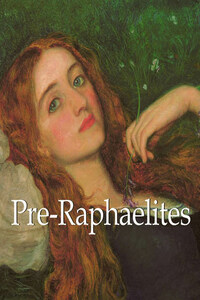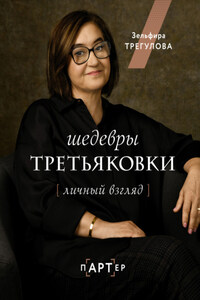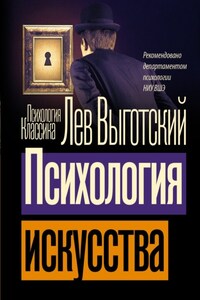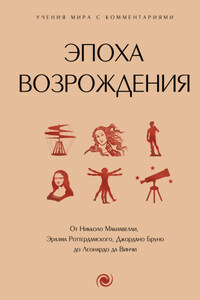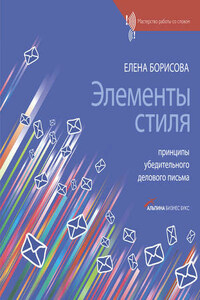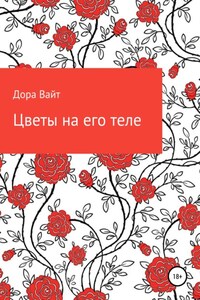Until 1848, one could admire art in England, but would not be surprised by it. Reynolds and Gainsborough were great masters, but they were eighteenth-century painters rather than eighteenth-century English painters. It was their models, their ladies and young girls, rather than brushwork, which gave an English character to their creations. Their aesthetic was similar to that of the rest of Europe at that time. Later, Lawrence painted in England just as Gerard did in France. Walking through the halls of London museums, one could see different paintings, but no difference in manner of the painting, drawing, or even in the conception or composition of a subject. Only the landscape painters, led by Turner and Constable, sounded a new and powerful note at the beginning of the century. But one of them remained the only individual of his species, imitated as infrequently in his own country as elsewhere, belonging no more to a single region of the Earth than a comet belongs to a region of the sky, while the work of the other was so rapidly imitated and developed by the French that he had the glory of creating a new movement in Europe rather than the good chance of providing his native country with a national art. As for the others, they painted, with more or less skill, in the same way as artists of other nationalities. Their dogs, horses, village politicians, forming little kitchen, interior and genre scenes were only interesting for a minute, and even then the artists did not handle them as well as the Dutch. Thus, no one anticipated that out of all this something new and great would emerge. From time to time, a strange lightning bolt illuminated this reasonable and prosaic life. One of Blake’s small paintings showed the Prime Minister, Pitt, in the form of an angel wearing a green and gold robe, leading the English parliament, depicted with the appearance of the monster described in the book of Job[1], across the clouds. Then everything was again sleepy and calm; average people, average stories, average painting. Weak, muddy colours layered over bitumen, false and lacking in vitality, the shadows too dark and the highlights too intense. Soft, hesitating outlines that were vague and generalising. And as the date of 1850 approached, Constable’s words of 1821 resonated; “In thirty years English art will have ceased to exist.”
And yet, if we look closely, two characteristics were there, lying dormant. First, the intellectuality of the subject. The English had always chosen scenes that were interesting, even a bit complicated, where the mind had as much to experience as the eye, where curiosity was stimulated, the memory put into play, and laughter or tears provoked by a silent story. At the Victoria and Albert Museum, one is struck by this British taste for intellectual subjects. There we see scenes from The Bourgeois Gentleman, The Imaginary Invalid and The Learned Ladies, from Don Quixote, The Merry Wives of Windsor and The Taming of the Shrew, images taken from Duncan Gray or of Portia and Bassanio, in short, scenes from the theatre and literature of every country. These paintings are the work of Wilkie, Redgrave, Frith and Leslie. This was the art of the first half of the nineteenth century. It was rapidly becoming an established idea (visible in Hogarth) that the paintbrush was made for writing, storytelling and teaching, not simply for showing. However prior to 1850 it merely spoke of the pettiness of daily life; it expressed faults, errors or rigid conventional feelings; it sought to portray a code of good behaviour. It played the same role as the books of images that were given to children to show them the outcomes of laziness, lying and greed. The other quality was intensity of expression. Anyone who has seen Landseer’s dogs, or even a few of those animal studies in English illustrated newspapers where the habitus corporis is followed so closely, the expression so well-studied, the look of the animal so intelligent and so different depending on whether it is waiting, feeling fear or desire, questioning its master, or thinking, can easily understand what is meant by “intensity of expression”. It is not just “accuracy” that we mean, for this is not a distinctive characteristic of English art. Our wildlife artists of the eighteenth and nineteenth centuries also captured expressions accurately, and yet what a difference there is between Oudry’s or Desportes’ dogs in the Louvre and Landseer’s in the National Gallery in London! But, in the same way that intellectuality was only present before 1850 in subjects that were not worth the effort, intensity of expression was only persistently sought and successfully attained in the representation of animal figures. Most human figures had a banal attitude, showing neither expressiveness, nor accuracy, nor picturesque precision, and were placed on backgrounds imagined in the studio. They were prepared using academic formulas, according to general principles that were excellent in themselves, but poorly understood and lazily applied, fading away with the dimming memory of the old days of Reynolds and Gainsborough.

